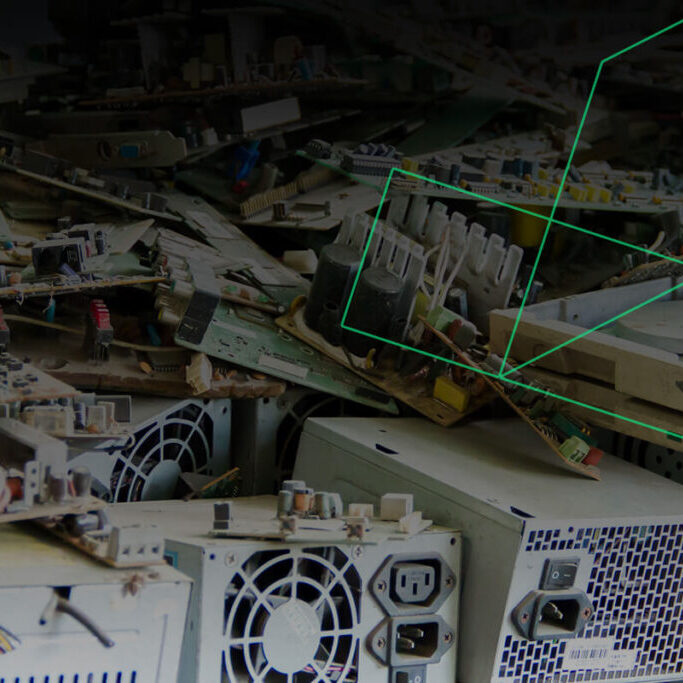Technology is an exciting and promising industry, but it’s not a perfect one. Despite major strides in the right direction, society still deals with issues of inequality, and tech is no different. Technology and gender equality haven’t historically gone hand in hand.
You’ve probably heard stories about how tech is a male-dominated industry. You may not be aware of the full extent of this inequality, though. Did you know that 50% of women in STEM say they’ve experienced gender discrimination at work?
What does this inequality look like in reality? Where does it come from, and how can we fix it?
Technology and Gender Inequality
The history of technology and gender equality may surprise you. You might assume that the industry started male-dominated and has slowly gotten better since. The truth is a little more complicated than that.
When computers first emerged, society mostly associated them with women, not men. People didn’t initially deem the computer industry as essential, so it fell to females. This association began to change as people realized how crucial computers would be to society later on.
Gender equality in technology is often stopped today by subconscious sexism. You may not be outright sexist, but you may unintentionally picture all men when you think of programmers. The creation and use of AI emphasize the effects of these subconscious biases.
In 2018, Amazon scrapped an AI recruiting project after finding it was biased against women. Most of the resumes the AI trained on belonged to men, so it taught itself to prefer male candidates. Because AI connects dots that humans may not, it can exaggerate biases people didn’t know were there.
Skills Inequality
There are more disparities in tech than gender inequality, too. Another prevalent and related issue is skills inequality. As technology advances, it creates a wider gap between skilled and unskilled labor.
Technologies like AI and automation remove the need for jobs in fields like production or administration. Demand for highly skilled workers is rising, but unskilled jobs are dwindling. As a result, college-educated workers’ wages have increased while noncollege-educated workers’ have stayed the same or even fallen.
This skills gap is related to gender inequality in tech. The main difference between unskilled and skilled workers is education. When people feel discouraged from pursuing education, especially in a specific field, they’re less likely to do so.
Women are disproportionately affected by these situations. While, at least in the U.S., women achieve similar levels of education as men, fewer pursue STEM degrees. Deep-seated biases discourage women from pursuing STEM, creating a gender-based skills gap in technology.
Fixing Inequality in Tech
Inequality in technology is not a hopeless problem. The first step in fixing these inequalities is becoming aware that they exist. After you know what biases are present, you can actively work to fight them.
To work against subconscious biases, tech companies need to make an effort to hire women. As more females enter the field, they’ll inspire young girls to pursue tech as well. Having relatable role models can encourage children to follow a specific path.
Addressing problems in education is also crucial for both gender and skills inequality. If governments and educational institutions worked to foster more skills in all citizens, it would help close the gap. Part of this includes engaging all genders equally in all fields.
Equality Will Drive Tech Further
Inequality doesn’t just harm the systematically oppressed. By not including more diversity, tech companies exclude talented minds that could help them succeed. Creating a more equal industry will ensure success.
As more people move to fight established biases, tech will improve. More inclusion means more minds driving the industry forward. Gender equality and technology have to come together for the industry to reach its full potential.
Keep Reading: The Tech Industry Is Still Lacking DE&I
Recent Stories
Follow Us On
Get the latest tech stories and news in seconds!
Sign up for our newsletter below to receive updates about technology trends














